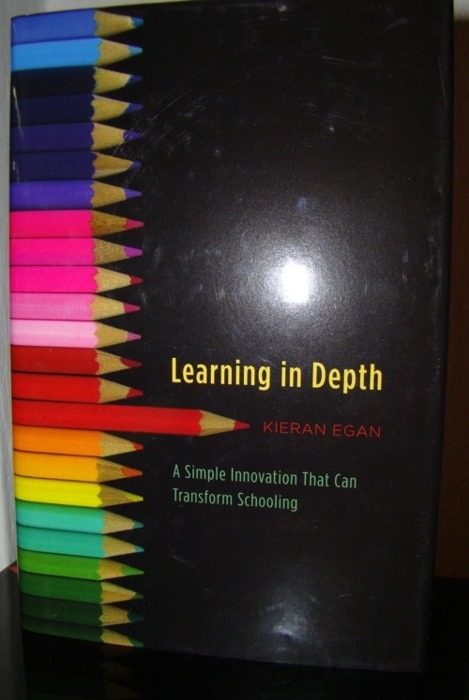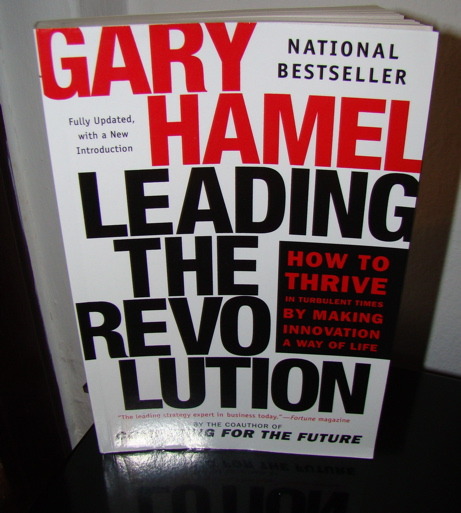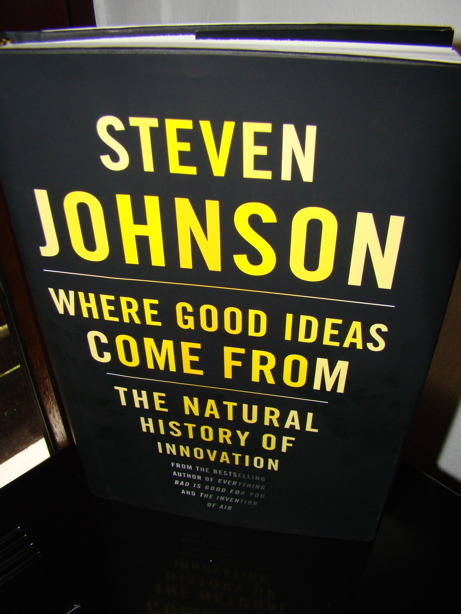
I continued to think a lot about education recently, mainly after watching a Google Talk with Salman Khan from the Khan Academy. Lots of people associate learning with grading and tests and I hear many adult persons say that they are happy that they don’t have to learn anymore. However, most of them learn everyday but they don’t have to write exams and they don’t have to sit in classrooms.
However, these thoughts took me to do some searching and look for books about improving education. After reading the first twenty pages of Learning in Depth, I was already in love with Kieran Egan’s ideas. He suggest that each student gets one topic at the beginning of his schooling and builds a portfolio of this topic in his 12 years in school. This project is ungraded and voluntary. I sketch you how this can look.
You are in your second week in school and your parents are there. The whole class is assembled and your teacher gives you your future topic: Apples. You are eager to learn more about apples, you ask your parents and your teachers about them. You may paint them or collect pictures of them. Six years later. Your still working on your portfolio. You collected facts to different apples and identified rare types. Furthermore, you discovered apples in popular culture and talked to seniors which got the same topic as you about what they learned. Skip ahead another six years. Your in your final years and you still working on your portfolio. You covered different aspects of apples from cultural, to economical, to philosophical, to scientific factors. You helped lots of other peoples with your apple portfolio and you started about website about philosophical aspects of apples.
Why all this? You learned one topic in depth which will help you to connect to other topics more easily. Furthermore, you experienced learning without compulsion. You learned different approaches of learning about topics and structuring them. And all for the joy of learning.
If you are interested in this idea or hate it or have some objections, you should definitely read this book. Egan covers lot of problems and objects. Definitively worth reading if you are interested into new schooling methods.



